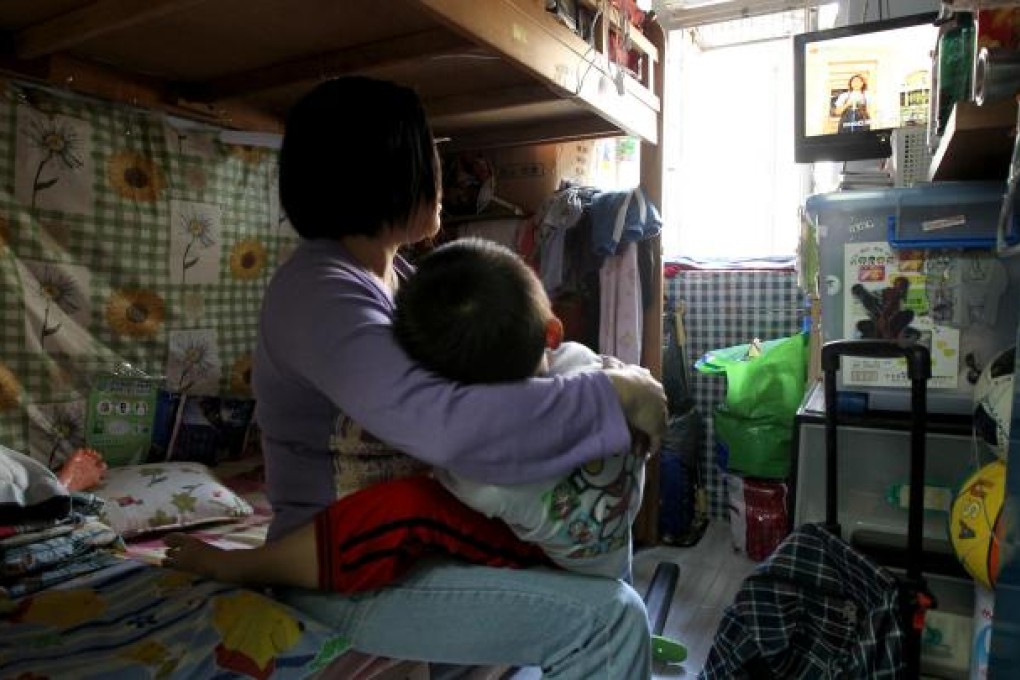Then & now: moving stories
The influx of mainland arrivals may be a hot topic now but it is an issue Hong Kong is all too familiar with, writes Jason Wordie

For many years, Hong Kong has somehow absorbed as many as 150 new arrivals from the mainland every day. One-way permit arrival numbers add anything up to 50,000 people annually to already overcrowded urban districts.
Generally unpopular with longer-established residents, sun yee man ("new immigrants") are often - and unfairly - characterised as unskilled, welfare-dependent scroungers. As immigrants have to reside in Hong Kong for seven years to qualify for permanent residency, many live below the poverty line until they can even join the queue for public housing and other social welfare benefits reserved for permanent residents.
With every passing year, the features that obviously distinguish Hong Kong from Shenzhen have steadily diminished, and many residents believe the unsubtle attempts to integrate Hong Kong more closely with the mainland have been over-hasty.
The issue of new arrivals, whether as visitors or residents, has become a hot political topic in recent months. Fears of an unstoppable flood of arrivals from the mainland crowding out Hong Kong residents from existing housing and social services is regularly thrown up as a nightmare scenario. But none of these anxieties is new.
From the time Hong Kong was established as a British settlement in the early 1840s, the principle of free, unobstructed movement to and from China was encouraged, to boost trade and broader economic activities. Much of the colony was an integral part of the mainland anyway: Hong Kong Island was only separated from the rest of China by a narrow body of water, which meant it would have been virtually impossible to restrict access.